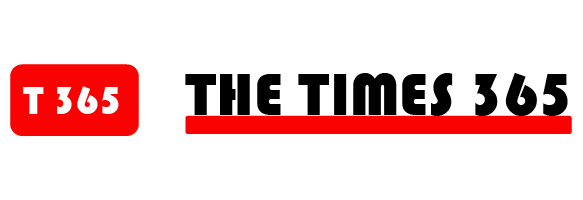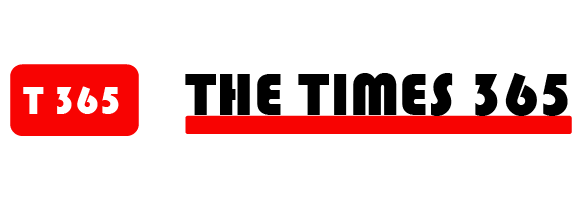Back in October 2024, when I last covered Freedom Holding Corp (NASDAQ:) stock, it was trading $97-98 apiece. I remember I argued at the time that FRHC’s strategic expansion and ecosystem approach made it a compelling long-term investment, and since then, Freedom Holding has climbed to >139 per share, rewarding investors who looked past the headline risks.
However, in the past few weeks, the stock pulled back a sharp 24% from its recent highs, spooked by an earnings report released on June 13, which on the surface, looked quite disappointing: While revenue grew an impressive 23% year-over-year, net income plummeted. Short-term speculators ran for an exit, but I believe they are making a classic short-term thinking mistake as they’re only focusing on a single data point while ignoring other, more powerful bullish signals the company has received recently. Beyond what looks like a one-time earnings dip for FRHC, I see two signals from top analysts and academia revealing a clear case of market myopia and presenting a compelling entry point for investors with a long-term perspective.
The Market Is Looking in the Rear-View Mirror
First, let’s quickly address the elephant in the room: FRHC’s earnings drop in FY2025. It’s true that net income fell significantly in fiscal year 2025 (from $374 million last year to $84.5 million this year). But why did it fall? It wasn’t because the business is failing. Quite the opposite: The revenue went up by 23% YoY in USD terms. Freedom Holding’s expenses surged because it was aggressively and successfully acquiring customers at a breathtaking pace. In FY2025 alone, Freedom Holding’s total customer base grew by about 138% to nearly 5 million users across its banking, brokerage, and insurance segments – this is the tangible result of the company’s strategic spending.
They’re building a massive, integrated ecosystem through their Freedom SuperApp and acquiring the user base necessary to make it dominant. To view this spending as a negative is like criticizing a farmer for spending money on seeds and fertilizer before the harvest. I believe the market has fundamentally misread the situation, and this misreading is what makes the current opportunity so interesting. While many are selling based on this backward-looking metric, I see 2 bullish catalysts making forward-looking developments go almost completely unnoticed.
Catalyst 1: The Institutional Stamp of Approval
For years, one of the main arguments against FRHC was its relative obscurity within the U.S. investment community. I think that fundamentally changed on May 30th of this year when Freedom Holding was officially added to the Russell 3000 Index. For investors, this is more than just a symbolic victory because it usually means that a vast array of index funds and ETFs that track the broad market are now required to buy FRHC stock in their portfolios, thus providing a steady stream of institutional demand and increasing overall liquidity.
But the story gets even better. Shortly after the index inclusion, the First Trust AlphaDEX Fund (NYSE:FXO) disclosed a major position in FRHC stock, becoming the company’s second-largest shareholder after its founder. This is critically important because FXO is not a simple market-cap-weighted ETF: It’s a “smart-beta” fund that uses a proprietary, quantitative model to select companies based on fundamental growth and value factors. Think about what that might mean. A sophisticated, rules-based institutional strategy sifted through the entire financial sector and identified Freedom Holding as a top pick based on its underlying merits. I find it to be a powerful and unbiased endorsement that validates Freedom Holding’s financials and growth prospects.
Catalyst 2: The Stanford Seal of Strategic Genius
If the index inclusion is the institutional stamp of approval, the 2nd catalyst is the ultimate intellectual validation. Recently, the Stanford Graduate School of Business, one of the most prestigious business schools in the world, announced it has included a case study on Freedom Holding in its academic curriculum taught to MBA students to illustrate how to build a transformative digital platform in emerging markets. This is an extraordinary achievement for any company, let alone one with its roots in Kazakhstan.
Why is this so important for investors? Because it fundamentally changes the narrative around the company. It elevates Freedom Holding from being just another emerging market fintech firm to a global example of how a successful digital strategy should be run. It validates the very ecosystem model that caused the short-term dip in earnings, framing it not as a flaw, but as a scalable strategy worthy of study. This kind of validation should attract a completely different class of investor: long-term, quality-focused institutions and individuals who look for visionary leadership and a durable competitive advantage.
FRHC’s Valuation
I think I must Freedom Holding’s current valuation, which, at first glance, looks alarmingly high to some investors. Based on the FY2025 results, the stock trades at a price-to-earnings multiple of over 100x, a number that would scare off most value-oriented investors.
Investing is always a forward-looking exercise, and FRHC’s today trailing P/E looks irrelevant because the real question is what the earnings will look like in fiscal year 2026 (and beyond). If we assume that FRHC can successfully monetize its nearly 5 million users through its SuperApp and simply return to the profitability levels of the past, the stock’s forward P/E ratio would drop by a lot and give long-term investors another validation. But I think there’s a chance to miss the most attractive entry point because the market is usually forward-looking, and as more and more investors get to know FRHC’s growth story better, they’ll likely rush to overpay now to potentially have abnormal returns tomorrow.
Conclusion
The current situation with Freedom Holding is a perfect storm of opportunity. The market is selling off the stock based on a short-term, strategic dip in profitability. At the exact same time, the company is receiving its strongest-ever endorsements from both the institutional world of Wall Street and the intellectual hub of Stanford. These aren’t just minor news items; they seem to be foundational shifts in the company’s profile. That’s why I remain bullish about FRHC’s prospects and eagerly wait for what fiscal FY2026 will bring us.
Disclaimer: This is the author’s opinion.






